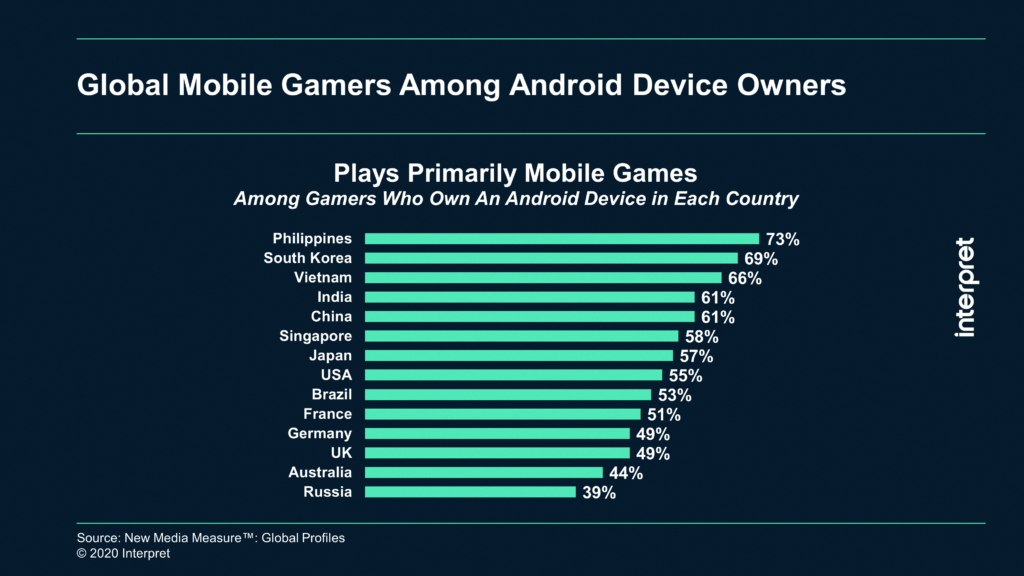Qualcomm, whose Snapdragon line of mobile processors already powers most Android smartphones, recently lifted the curtain on its upcoming next-gen chipset, Snapdragon 888. The manufacturer boasts that the new chipset contains a new AI engine capable of 26 trillion operations per second and an image-signal processor that’s 35% faster than the one found in the Snapdragon 865 (the chipset found in Samsung’s Galaxy S20 line).
The end result is that mobile games with the new chipset should gain a 30% increase in gameplay speed over previous Snapdragon versions, according to GamesBeat. Qualcomm believes that this performance boost will make desktop-level gaming possible on mobile devices. The Snapdragon 888 even supports HDR and variable rate shading (VRS), which historically has only been leveraged on PC/console games.
“We’re seeing more and more triple-A titles being developed on mobile first, as well as more games coming down to mobile,” Dave Durnil, head of gaming at Qualcomm, told GamesBeat. “And people are playing more mobile games at home, even when they have access to PCs or consoles. To me, that’s a really big transition.”
When the Snapdragon 888 hits the market next year, it’s expected to power almost all the major flagship phones in the US, but Qualcomm is also planning on doing very well in China. As noted by PC Mag, the choice of the number eight is no accident – since eight is considered a lucky number in China – and of the 14 partners Qualcomm has named so far, all except LG and Sharp are from mainland China or Taiwan.
Mobile has been a primary gaming platform across Asian countries for some time. Interpret’s NMM: Global Profiles® shows that mobile is the main gaming platform among 73% of all gamers who own Android phones in the Philippines and more than 60% in several other Asian countries, including China, South Korea, and India.




